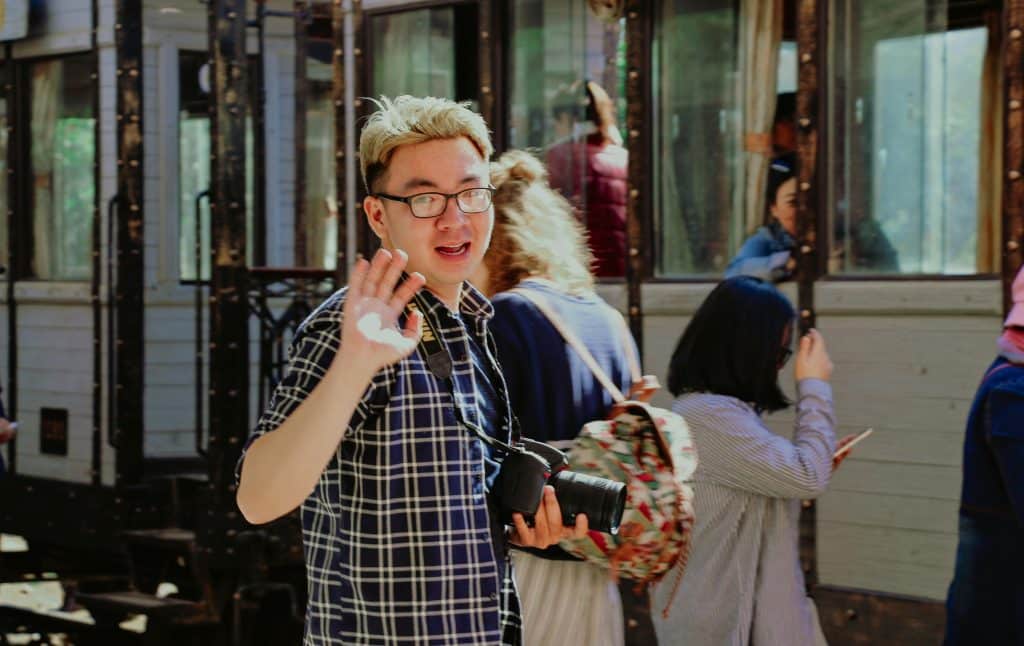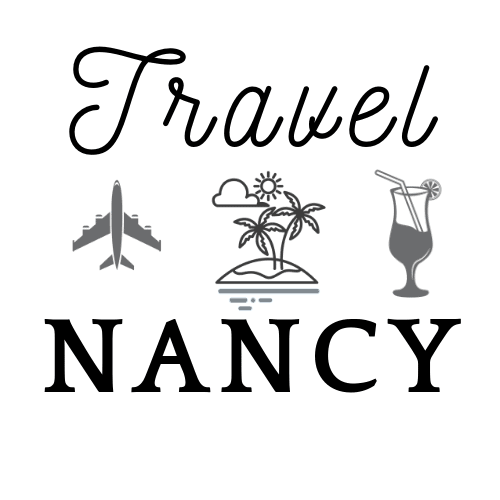Let’s be honest. Taxis and rideshare apps are easy. They get you from a hotel to a landmark without a second thought. But what do they truly give you? A quick ride, a fixed fare, and the same view out a closed window.
What if you could make your next trip a genuine adventure? What if you could see the city the way the locals do, one street at a time? This is your no Uber travel guide to trading convenience for discovery. It’s about putting your feet on the pavement, using a local’s transportation, and experiencing a city on its own terms. Ready to find the hidden gems? Let’s go.
Why Ditching the Ride Makes Sense
The most authentic travel experiences happen when you let go of your reliance on a phone and a car. By choosing to explore on foot, you save more than just money on gas and fares. You save the planet and get a front-row seat to the real city. You’ll find the hidden cafes, hear conversations in another language, and get a true feel for a neighborhood.
Studies even show that exploring a city on foot improves your mood and mental well-being. It’s a chance to put down the phone, look up, and be present. You get a taste of local life, from the city’s bus routes to its secret stairways.
A Glimpse from the Top: The Strategic Bus Tour
Sometimes, you just need a lay of the land. Before you commit to walking the whole city, a bus tour can be a smart, strategic starting point.
Most major cities have hop-on hop-off buses, like Big Bus Tours or City Sightseeing, that travel a fixed route of the main landmarks. You can ride the full loop once to get your bearings, learn some history from the audio guide, and make a mental map of places you want to come back to. These tours are best for orientation, not for a deep dive. Use your ticket to see the major sights from the top deck, then hop off and use a different method to truly explore a specific neighborhood that caught your eye.
Be Your Own Tour Guide: The Art of the Walking Tour
A traditional walking tour is about the joy of discovery. It’s an immersive experience a bus can’t provide. You get to feel the cobblestones under your feet and get up close to the historical markers. A self-guided tour is one of my favorite walkable city travel tips.
Go Solo: Download an app like izi.TRAVEL or VoiceMap to get a free audio guide you can follow at your own pace. These guides are often created by local experts and reveal the city’s best secrets.
My Best Discovery: The Chicago Pedway
The Chicago Pedway is Chicago’s downtown pedestrian walkway system, and it lies in the heart of the city. This system of underground tunnels and overhead bridges links more than 40 blocks in the Central Business District, covering roughly five miles. The Pedway connects public buildings, private buildings, and transit facilities serving the CTA, Metra, Amtrak, and the Northern Indiana Commuter Transportation District (NICTD).
The best part of traveling on foot is when a happy accident leads you to a discovery you never planned. My friend and I were in Chicago on a chilly day, with that famous wind whipping down the city streets. We were freezing and about to give up on our walk when we saw a small, unassuming sign for the Pedway.
We ducked inside to get away, and in doing so, we found a whole secret city! It was a maze of tunnels below the city’s streets, with bakeries, coffee shops, and little stores we never would have seen from above. We ended up walking for an hour, completely lost and loving it, until we popped out in the lower level of Macy’s. That unexpected discovery was one of the highlights of our whole trip.
So, the next time you travel, why not leave the rideshare app on the back burner? Embrace the rhythm of the city, find a new path, and discover what’s just around the corner.
Comment below and tell me about the best discovery you ever made on foot! Share this no Uber travel guide with a friend, and follow along for more walkable city travel tips to make your next trip unforgettable.





